17 DIY Mother’s Day gift ideas she’ll actually use!
What’s on your mom’s wish list for Mother’s Day? As a mom myself, I’d love the new floral Birks since I’d have a hard time splurging on them. Plus, I do love the handmade gifts from my babies and my grandmother mom still does too from hers. Here are 17 handmade Mother’s Day gifts for mom that will make her smile…and wont’ end up in the trash (:
Washi Tape Clock | Tell Love and Party
Chalk Paint Mason Jar + Free Tags | Lolly Jane
Lip Gloss Holder | Crazy Little Projects
Crochet Cactus | Hopeful Honey
Marbled Mugs | DIY Candy
Yarn Ball Bookmark | Design Mom
Painted Tin Cans | House of Hoff
Designer Wrapped Pencils | The Sarah Johnson
Rainbow Cozy | Tuts Plus
Seed Bomb Favors | Project Wedding
DIY Foam Laurel Monogram | Lolly Jane
DIY Handwarmers | Rae Ann Kelly
Bath Bombs | A Pumpkin and a Princess
Fabric Covered Vases | iheartnaptime
Homemade Vanilla | Bre Purposed
Wrist Key Fob | Pretty Prudent
Or if your mom appreciates humor, grab her this funny tea towel, lol!!
Visit LOADS more of our inspirational roundsups like our 25+ sugar scrub recipes,
25 more Mother’s Day ideas you can make or print,
our 30+ floral crafts to make,
plus if your mom appreciates a good DIY, visit our 23+ easy project ideas.
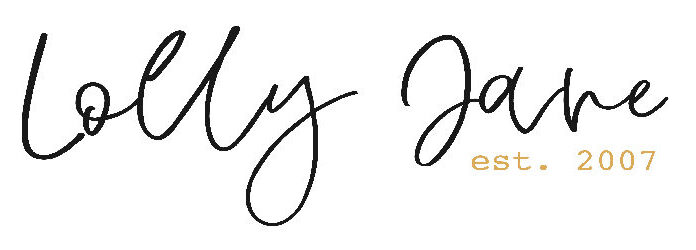

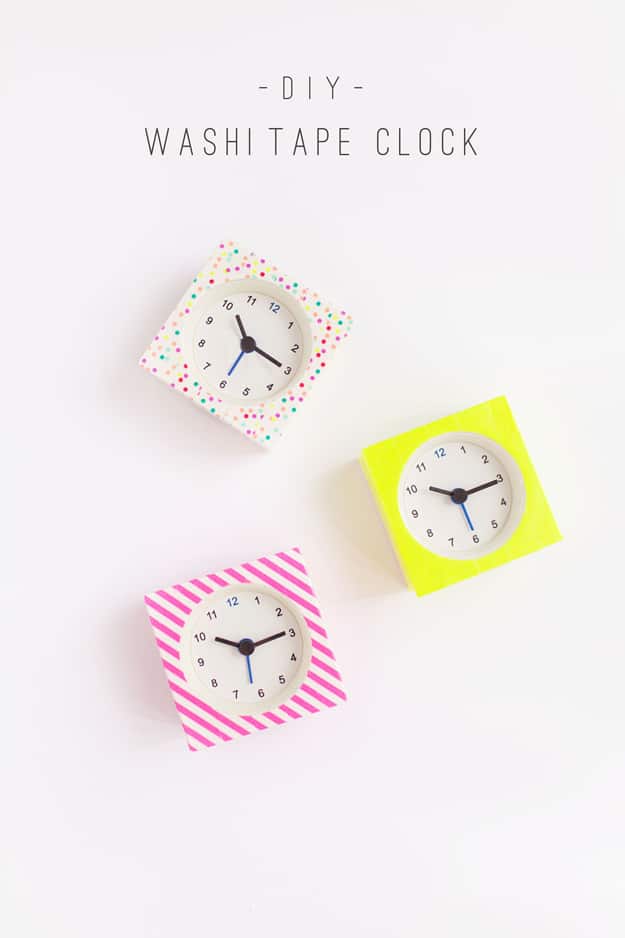




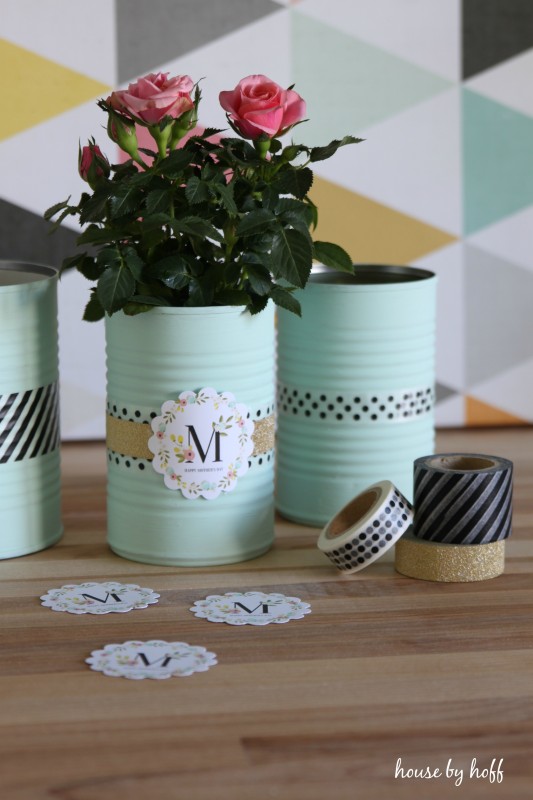

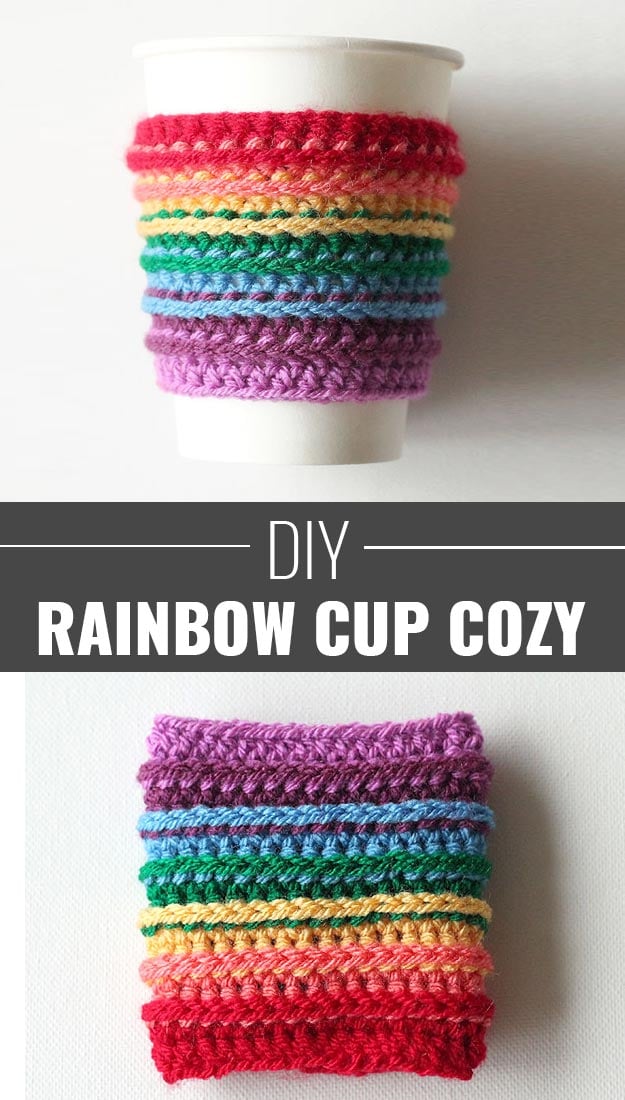

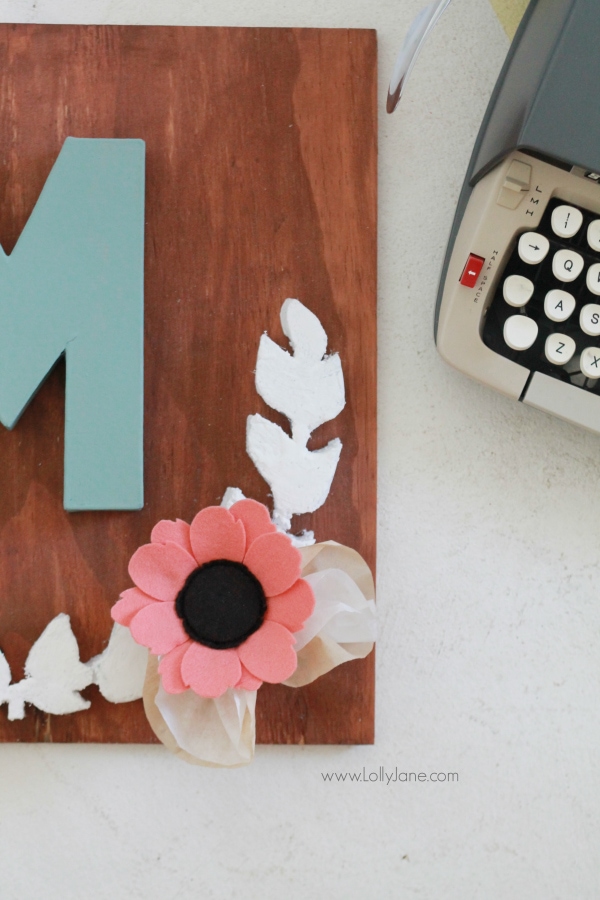
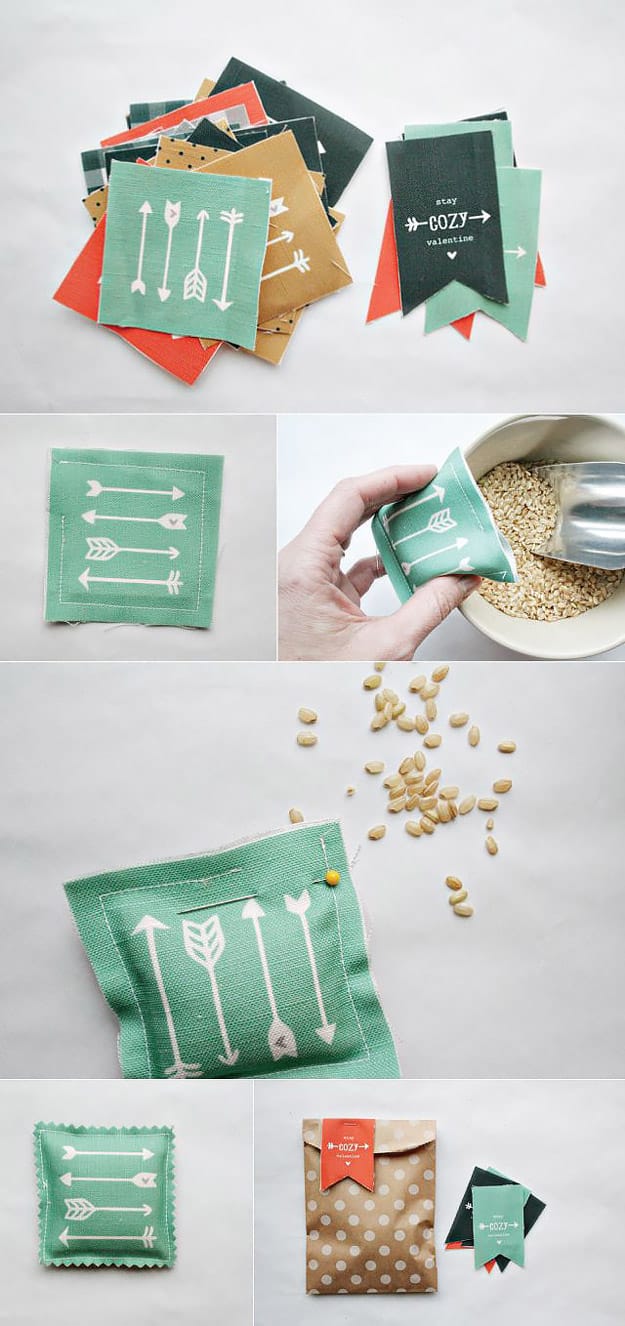



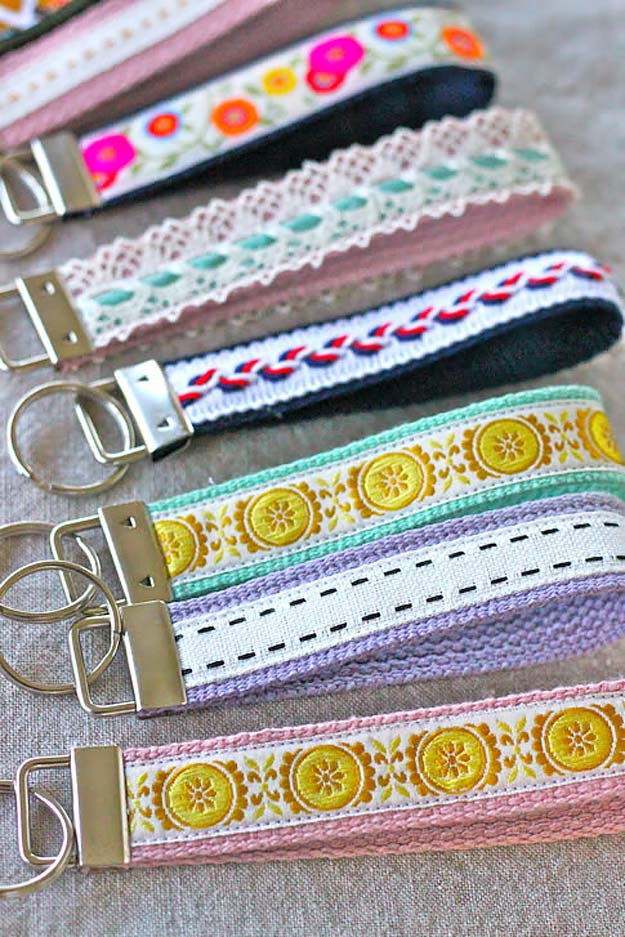



.jpg)

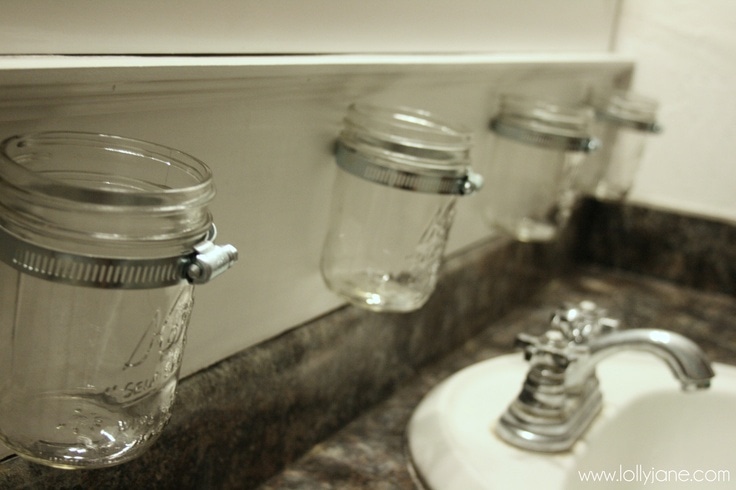

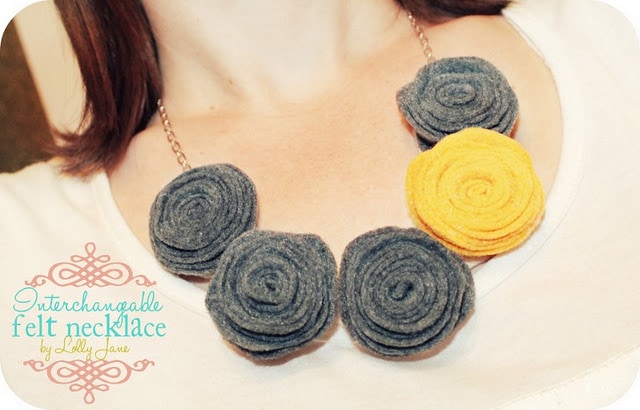
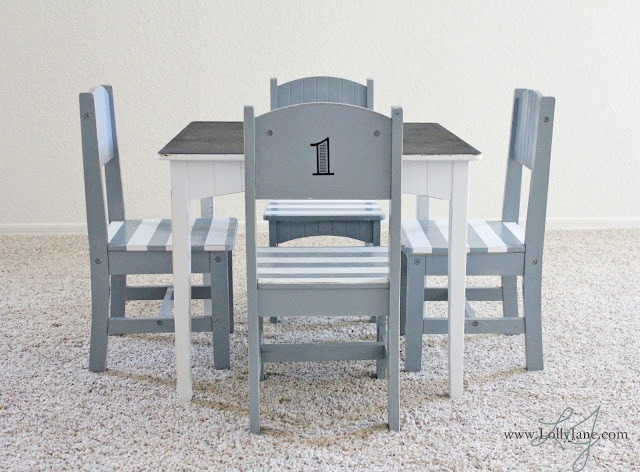


The most creative and helpful website ever. Thank you.
love these ideas! So creative!